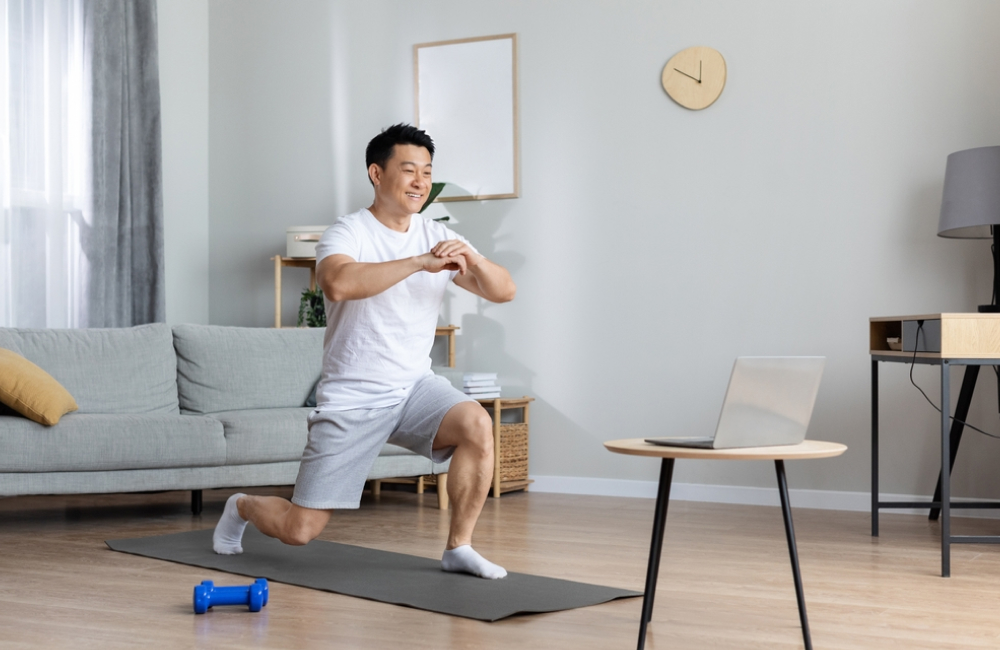Patients who have undergone shoulder capsule distension therapy know this well: the doctor’s procedure is fast and nearly painless. However, after the treatment, a professional health educator will spend nearly 30 minutes carefully teaching each patient how to perform home stretches for frozen shoulder—ensuring they’ve fully learned the movements before ending the session.
Mild cases of frozen shoulder can often be improved within three months of diligent rehab, effectively loosening the joint capsule. For more stubborn cases that don’t respond after three months of therapy, capsule distension can help separate the adhesions directly, providing immediate relief from limited range of motion, pain, and sleep disturbances. However, because these severe cases typically involve a longer period of limited activity before treatment, muscle atrophy in the shoulder and arm is much more pronounced—especially in those who wait a year or more before seeking active care.
When Muscle Strength Declines, So Does Vitality
Lack of muscle strength isn’t just about being “weaker.” If a healthy adult needs 80 points of muscle strength for daily function and someone doing strength training has 100 points, patients with frozen shoulder may drop to 60, and those with stubborn cases may fall to 30.
Trying to meet the demands of daily life with only 30 points of strength leads to feeling fatigued when standing, slouched when sitting, or even tired while lying down—resulting in an overall sense of frailty and discomfort.
When the body is strong, men appear confident and robust, and women move gracefully. But if a man is hunched with his chin sticking out further than his toes, or a woman injures her back while trying to twist her waist—it ruins both health and posture.
Beyond appearance, low strength can impact daily functions—struggling to lift objects, hold grandchildren, or even take a selfie without shaky hands. These are signs of insufficient muscle strength. At best, it hinders daily life; at worst, it leads to strains and injuries.
Movement ≠ Exercise: How to Train Strength Safely for Frozen Shoulder Recovery
Frozen shoulder strength training should be done while seated.
Don’t worry about becoming overly muscular—gaining muscle actually takes serious effort and dedication.
Normally, adults lose about 8% of muscle mass every 10 years after age 40, and this loss doubles after age 70. For frozen shoulder patients, pain often leads to even less movement, accelerating muscle decline.
A common myth is “I’m already strong enough, I don’t need more exercise or I’ll bulk up too much.”
But in most cases, this isn’t actual muscle—it’s body fat.
The difference lies in body composition. Muscular individuals have more lean mass (which takes up less space), while those with higher body fat have more volume. Even at the same weight, the visual appearance differs greatly.
Not sure if you’re muscular or just overweight? Step on a body composition scale! Even people who appear thin may carry excessive visceral fat.
To shift your body toward more muscle, you need a deliberate plan—strength training paired with sufficient protein intake. If you don’t have a body fat scale at home, you can also use BMI (calculate online) and a waist circumference under 90 cm as simple health indicators.
Frozen Shoulder Strength Training Principles: Stretch First, Then Strengthen
*Important: These training principles apply after treatment. During the acute phase, focus on treatment—never force stretching.
After medical intervention, patients with mild symptoms may continue intensive rehab for three months, while those with stubborn frozen shoulder can undergo capsule distension to improve adhesions. Once range of motion improves, the next step is addressing the surrounding soft tissues—muscles and tendons.
Before strength training, patients must start with progressive stretching.
Muscles and soft tissue are like rubber bands—if left unused too long, they become stiff. Pull too hard too fast, and they may snap. Gentle stretching helps the joint return to full range and reconditions the muscle fibers to contract properly.
Not All Movement Is Effective Exercise: Essential Training Guidelines for Frozen Shoulder Patients
After stretching, patients can gradually progress to strength training, which can be divided into three types:
1. Isometric Training (Static Strengthening):
“Isometric” means the muscle stays the same length during the exercise.
Also called static training, this involves pushing against an immovable object (e.g., pushing a wall). Although the arm doesn’t move, the muscles are engaged. This is a safe starting point to prevent overstretching and injury.
Try this: Push against the back of a chair while seated, 10 times a day.
Watch here → https://goo.gl/9ZUrtE
2. Isotonic Training (Dynamic Strengthening):
“Isotonic” exercises involve changing the muscle length while keeping tension constant—this is the most common type of training.
Often done with light weights (around 1 kg dumbbells), patients recovering from frozen shoulder should start with bodyweight-only movements, then gradually add resistance. This approach is safer for those just recovering.
A set of four simple exercises can be introduced and modified based on each person’s condition.
3. Progressive Resistance (Load Intensity):
Once stretching and basic movement have reconditioned the arm, resistance training can be introduced gradually based on individual capability.
Always stabilize your body before lifting. Choose weights wisely—too light won’t build strength, too heavy increases injury risk. Here’s a simple rule:
- If you can’t lift it more than 15 reps, it’s too heavy.
- If you can lift it more than 20 reps easily, it’s too light.
This guideline helps patients find the right starting point. As your arm recovers, slowly increase the load—but always remember: avoiding injury is the top priority.
Protein: The Building Block for Muscle Recovery
Just like cement is needed to build a house, protein is essential to build muscle.
As long as your kidneys are healthy, increase your protein intake with foods like fish, meat, eggs. For vegetarians, soybeans, fava beans, spinach, or sun-dried tomatoes are excellent sources.
Also, don’t forget to stay hydrated—water helps your kidneys process and eliminate waste produced during exercise.
Stay Strong, Stay Sharp: The Role of Protein and Strength in Recovery
The human body is made up of many systems. Even after capsule distension resolves adhesions, long-unused muscles and tendons still require patient training to return to function. The longer one delays treatment, the longer and harder the rehab.
On the flip side, early treatment reduces muscle atrophy significantly.
Early diagnosis and early intervention remain the golden rules of medicine.






